The HTC One: A Remarkable Device, Anand’s mini Review
by Anand Lal Shimpi on March 21, 2013 4:49 PM EST- Posted in
- Smartphones
- HTC
- Mobile
- HTC One
The Camera
If the One’s industrial design and materials choices make it nice to own, it’s the camera that makes the One a must have. In fact, that’s how it all started for me. I popped my test sim into the One and started carrying it around with my iPhone 5 as I went about the user experience part of my review process. I quickly found myself only taking photos using the One, and using the 5 for everything else. After a few days, the 5 was pretty much only used to check iMessages and answer calls to that number - with the One being used for everything else.
I remember talking to Brian after he first learned about what HTC decided to do with the One’s camera system. I believe he said something like “this is exactly what they should be building”. In the three years I’ve worked with Brian I don’t think I’ve ever heard him say that about any smartphone OEM’s decision with any component/subsystem. The strong endorsement was enough to pique my interest in the One.
Brian will go into great detail about the One’s camera in his review, and what I’ll provide here is no where near doing it justice but I’ll do my best.
At a high level, HTC’s strategy with the One is to boldly bow out of the megapixel race and instead integrate a lower resolution rear facing camera sensor with larger pixels. Each pixel in the One’s 4MP rear facing camera sensor is over 2x larger than those in the iPhone 5, and even larger than those in the Galaxy S 4. Larger pixels help ensure a better signal to noise ratio, which in turn can really improve low light performance when paired with a suitable lens.
The downsides are obvious. Very well lit scenarios can suffer compared to a higher resolution sensor, and the bigger issue for HTC is that 4MP doesn’t sound as good to the uninformed consumer compared to the Galaxy S 4’s 13MP rear camera. HTC tried to get around the latter problem by calling its larger pixels Ultrapixels, but then it’s up to point of sale training to ensure that the benefits are adequately conveyed. Call me cynical but I don’t have a bunch of faith there.
The F2.0 lens ensures a bunch of light can hit the sensor, and the result is easily the best low light performance I’ve ever seen in any Android or iOS smartphone. I took this shot during Jen-Hsun’s GTC 2013 keynote earlier this week:
The One seems to want to drive ISO as high as possible to increase brightness, so for this particular shot I manually set ISO down to 100, but otherwise everything else was left to defaults.
The Auto ISO algorithm doesn’t always drive itself super high however, the shot below is outside of Terminal 2 at the RDU airport at 11:29PM:
For this shot I didn’t touch anything and the result was a surprisingly low-noise shot.
It’s not just night shots where the One’s camera excels, but also in the more common poorly lit indoor scenarios where I come away very impressed:
HTC One
In well lit outdoor scenes the One’s camera does a reasonable job (although HTC seems to have an issue with noise in these well lit scenes from whatever processing they seem to be doing):
Integrating a good sensor and camera system is just part of what the One does really well here. The feature that I’ve found resonates the best among normal smartphone users is the highlights reel.
Sense 5.0 will automatically assemble 30 second highlights videos based on photos and video you’ve taken throughout your day. The One automatically adds filters, background music and stitches everything together; all you have to do is use the camera to take photos and video, everything else happens automatically.
The highlights reel below is one that was automatically generated based on my photos and videos from opening day at GTC 2013:
Although highlights reels are automatically generated, you can also generate highlights of individual albums. I created an album of photos I had taken over the past couple of trips (as well as some shots I took at home) and the One created this video:
Each highlights reel is shared as standard MP4 (baseline profile, ~3Mbps 720p H.264), so compatibility isn't a concern.
You can manually choose from multiple themes (filters/music combinations, 6 total), but there’s unfortunately no way to add your own background music yet (I suspect this is coming in the next major update).
The highlights reel is easily the most emotionally engaging feature the One has to offer, even ranking above aesthetics and build quality in my opinion. It’s the type of feature that really seems to resonate with everyone I show it to. The killer aspect in all of this is the fact that the One will put together highlights reels automatically, with no user intervention.
I can see the background music and filters getting boring after a while, and that’s why it’s very important for HTC to quickly enable end users to supply their own audio tracks (as well as quickly - and regularly - expand the collection of filters offered).
The downside to the One’s highlights reel autonomy is the feature remains relatively buried, almost hidden in the gallery app rather than front and center like Blinkfeed. The highlights reel is easy to demonstrate to someone else, it’s just not as obvious of a feature when you pick up the phone for the first time.
I haven’t touched on Zoe, the ability to simultaneously shoot stills and record a short video - both at full res. Zoe is a difficult feature to really explain without demonstrating it, but it does wonders in the creation of highlights reels. Zoe is a great way of dealing with the problem of what to do when your subject is in motion - do you hope for a good still or just capture a video? Zoe interestingly enough does both. It’ll capture a 1080p30 video, as well as 20 full resolution (4MP) stills at the same time.
I’ve mostly been using Zoe as a way to make my highlights reels more interesting, but the best use case I’ve seen was actually by a friend of mine who used it to capture the actions of some street performers in Europe. In one Zoe he had performers spinning on their heads, which typically would make for a good video or an emotionless (but potentially cool) still. Zoe delivered both.
The One, like Nokia’s Lumia 920, features optical image stabilization (OIS), which is designed to help both in shooting video as well as improving low light performance. In practice, I’m not super impressed with the OIS implementation on the One. It seems to need a bit of tuning, but I’ll leave it to Brian to explain exactly what’s going on.
Shot to shot latency on the One is amazing. Video quality is solid as well.
The One has the physical beauty to get you interested, but the camera prowess to keep you engaged.


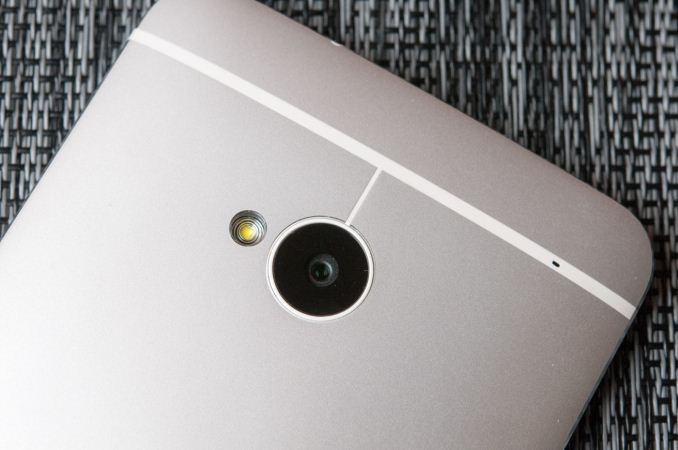
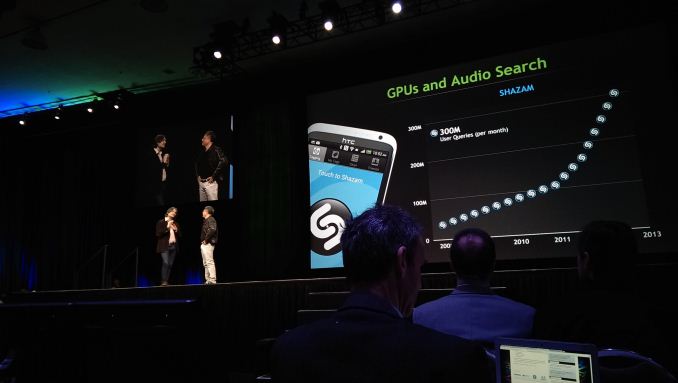

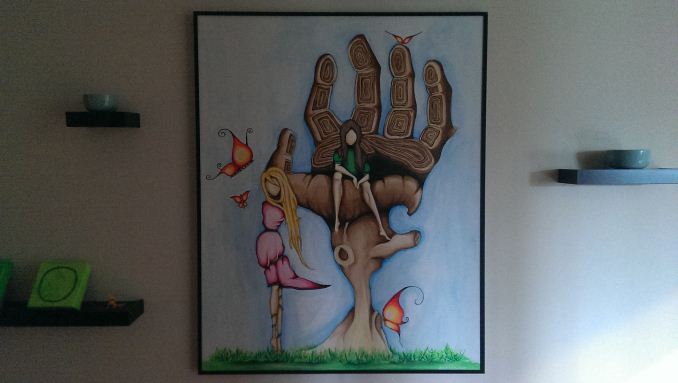
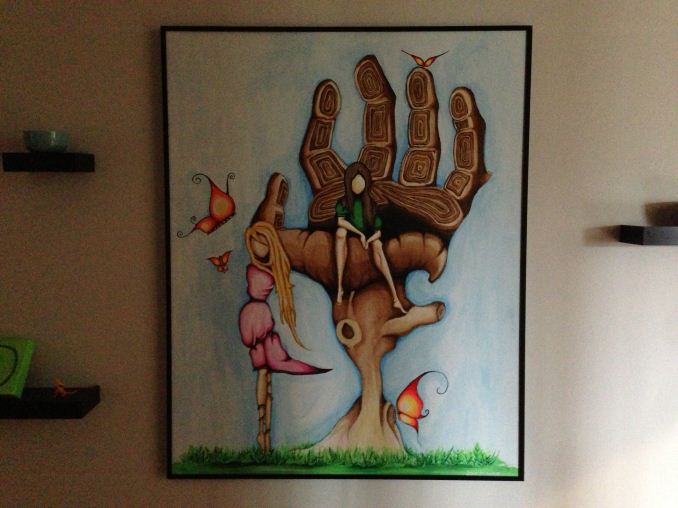
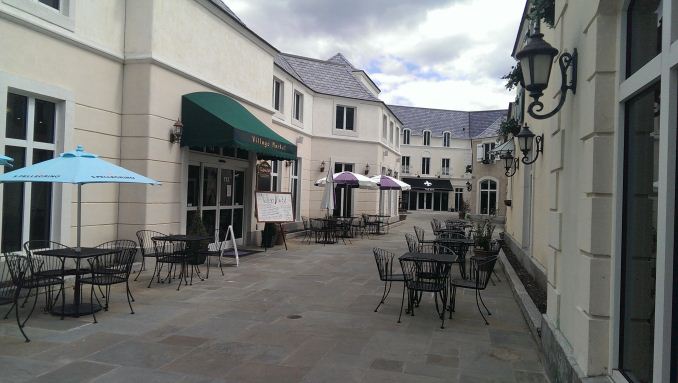








434 Comments
View All Comments
Samus - Thursday, March 21, 2013 - link
I've never owned an HTC phone, but now maybe I will. In the past, friends have complained about things from random reboots to cheap plastic. I have a Galaxy S3 and planned to hang on to it for awhile but hey, at least its held its value if I decide to sell it.And considering I never capture photo's at max resolution on ANY of my camera's (even my DSLR) I could care less it's a 4MP sensor. I usually capture at 3.1MP anyway.
CeriseCogburn - Friday, March 22, 2013 - link
Oh that's weird. you must have a tiny computer screen 1024X768. Upgrade your monitor so your old crappy DSLR can be upgraded too.Stop living in the past. 3.1 mp ? LOL
You will never get hired for camera work.
evonitzer - Friday, March 22, 2013 - link
I hesitate to even respond to your trolling comments (which have been all over this thread article. Where do you find the time?) but do the math. 1920x1080 is 2 mp. Therefore, for full screen viewing you don't need anything more than that. 1024x768 is .78mp.The only time you need more is if you own a 4k television (8.3mp) and you have way too much money, or you are printing. But who prints cell phone pics? Who prints anything for that matter?
But if you must, an 8x10 can be made with a 4mp picture using 204dpi, which is ok.
snajk138 - Sunday, March 24, 2013 - link
You're forgetting about cropping and zooming. If I take an 8MP shot I can cut out the 75% of the image that I don't need and still get the "full" resolution of my HD screen. If I'm showing a picture to someone I tend to zoom in on the important stuff. Doing both means I might actually need th 13MP or whatever that some new phones have.Not that MP's say much about picture quality anyway and they're getting to the point where more pixels actually means worse quality, but still, higher resolutions are not a waste just because we don't have as high a resolution displays.
CeriseCogburn - Monday, March 25, 2013 - link
Thank you, I was going to tell DUMMY to pinch and zoon into his brain, he may find the second cell.evonitzer - Monday, March 25, 2013 - link
I wasn't forgetting, I was making your second point. I'm all for argument for its own sake, but seriously! We agree! More pixels are not a waste if they are actually contributing, but having pinch-zoomed on my cell phone pics I have pretty serious doubts there is much extra info to be gained.I have less to agree with Cerise though. 76 comments! Are you serious?! I really hope you are getting paid by somebody.
pandemonium - Thursday, March 21, 2013 - link
It's cool hearing your endorsing experience with it. On paper and theory this phone appears to be the next big thing out there and it's great hearing first-hand that at least some of that is true.Looking forward to Brian's extensive breakout!
darwinosx - Friday, March 22, 2013 - link
Really disappointing that this phone will not be on Verizon., I can't understand their reasoning for this unless they somehow think the DNA is an acceptable substitute. It isn't.Silma - Friday, March 22, 2013 - link
It would be nice if HTC did a WP8 One.Regarding removable batteries I'm still changing batteries after 18-24monthes. Not replacing my phone every year I still think it's a must.
Same thing for ultrabooks / tablets really. That's why I still haven't bought a Surface Pro or an Ultrabook. I don't want a 45min autonomy device in 2 years because I can't replace the battery.
delica - Friday, March 22, 2013 - link
Anand,One thing I've noticed is how much smoother and more responsive devices using Snapdragon processors are than those using Tegra. Tegra always makes for a choppy Android UI, regardless of how many cores you are running or the clock speed. Interestingly, even phones running android 2.3 on Snapdragon S2 feel smoother than my Samsung S2. Though I'm actually not sure now whether my S2 has an Exynos or an Nvidia CPU, but the gist of it is the same. My Asus Infinity has Tegra 3 and Android 4.1 and is still extremely choppy.
So, my question is whether you, or anyone else here for that matter, are under the same impression?